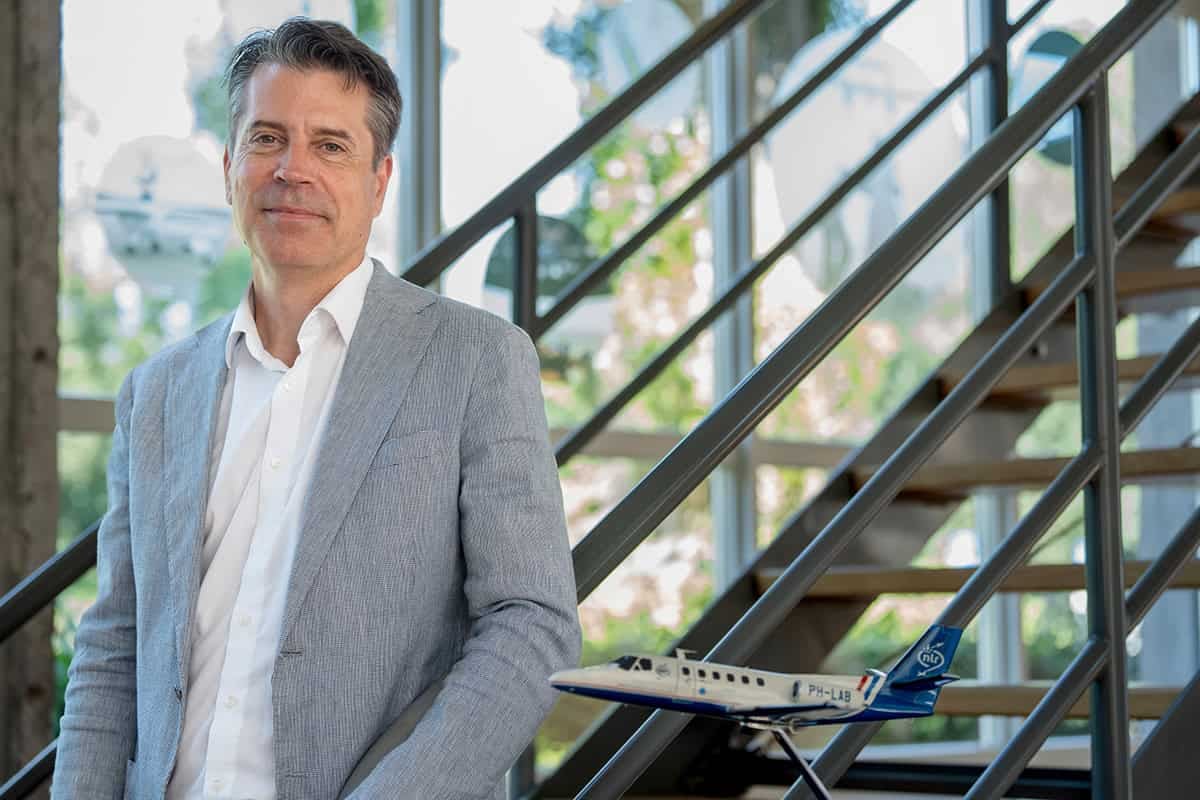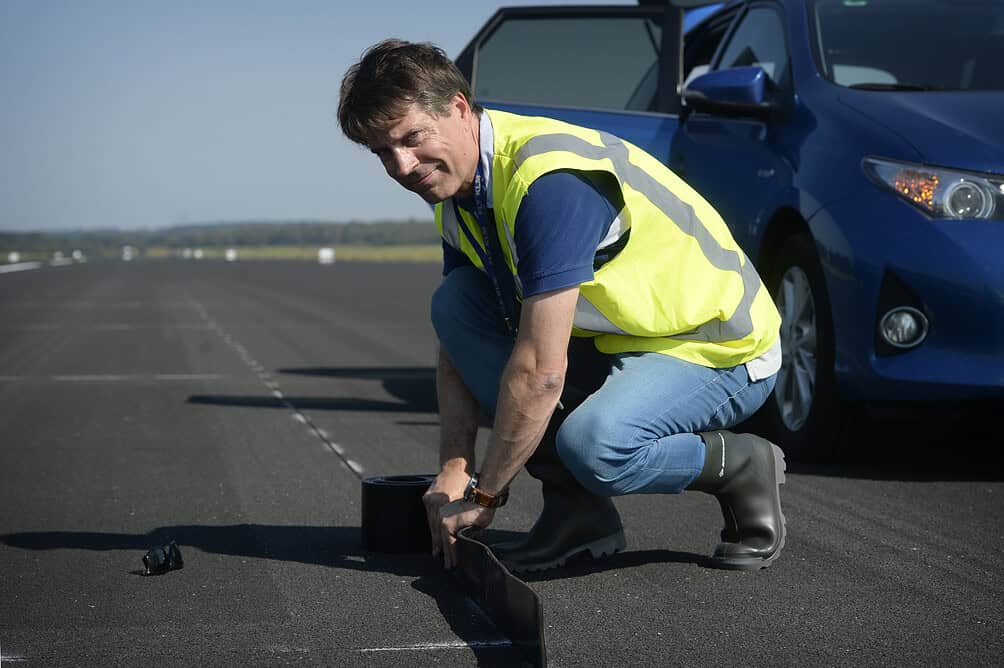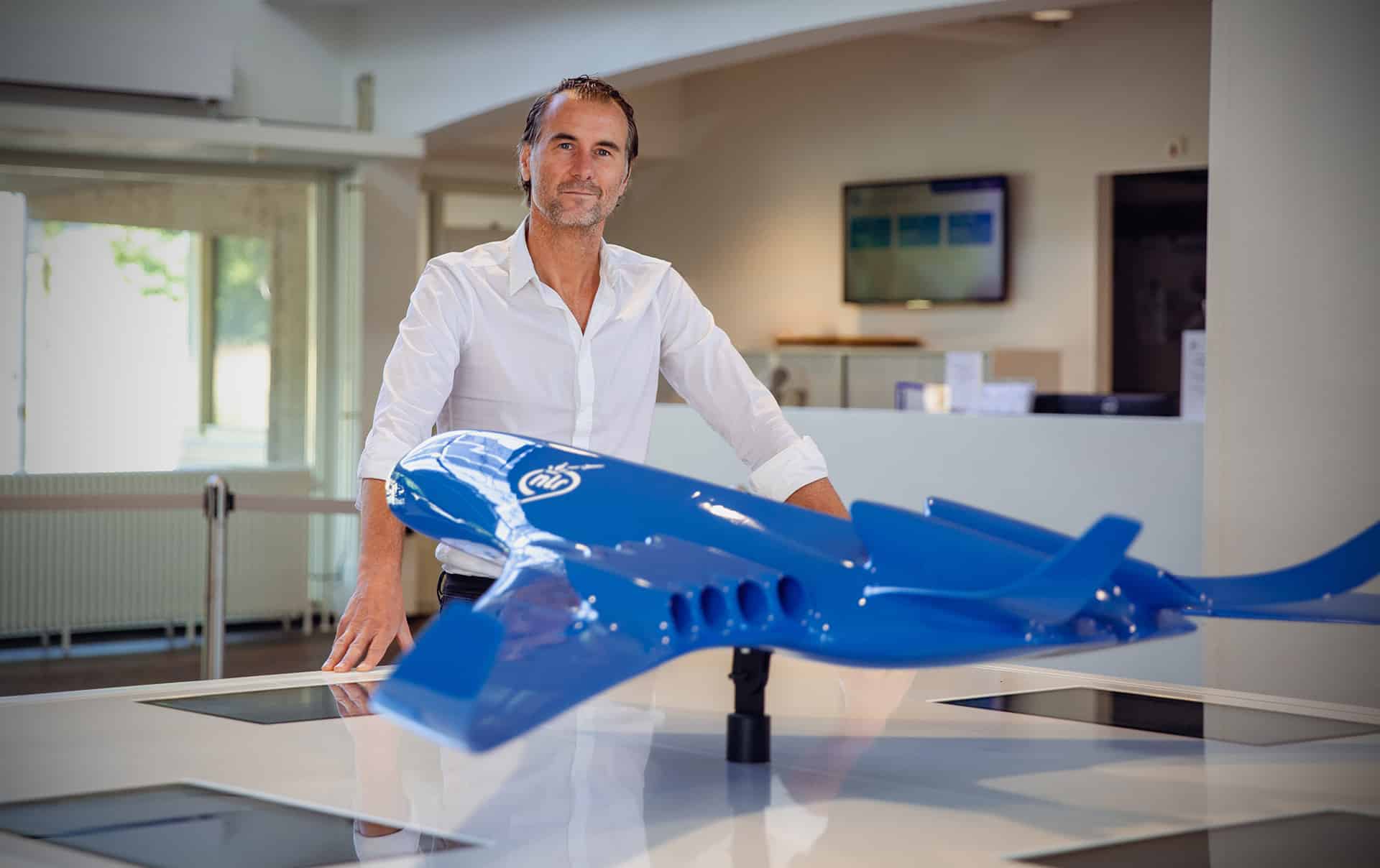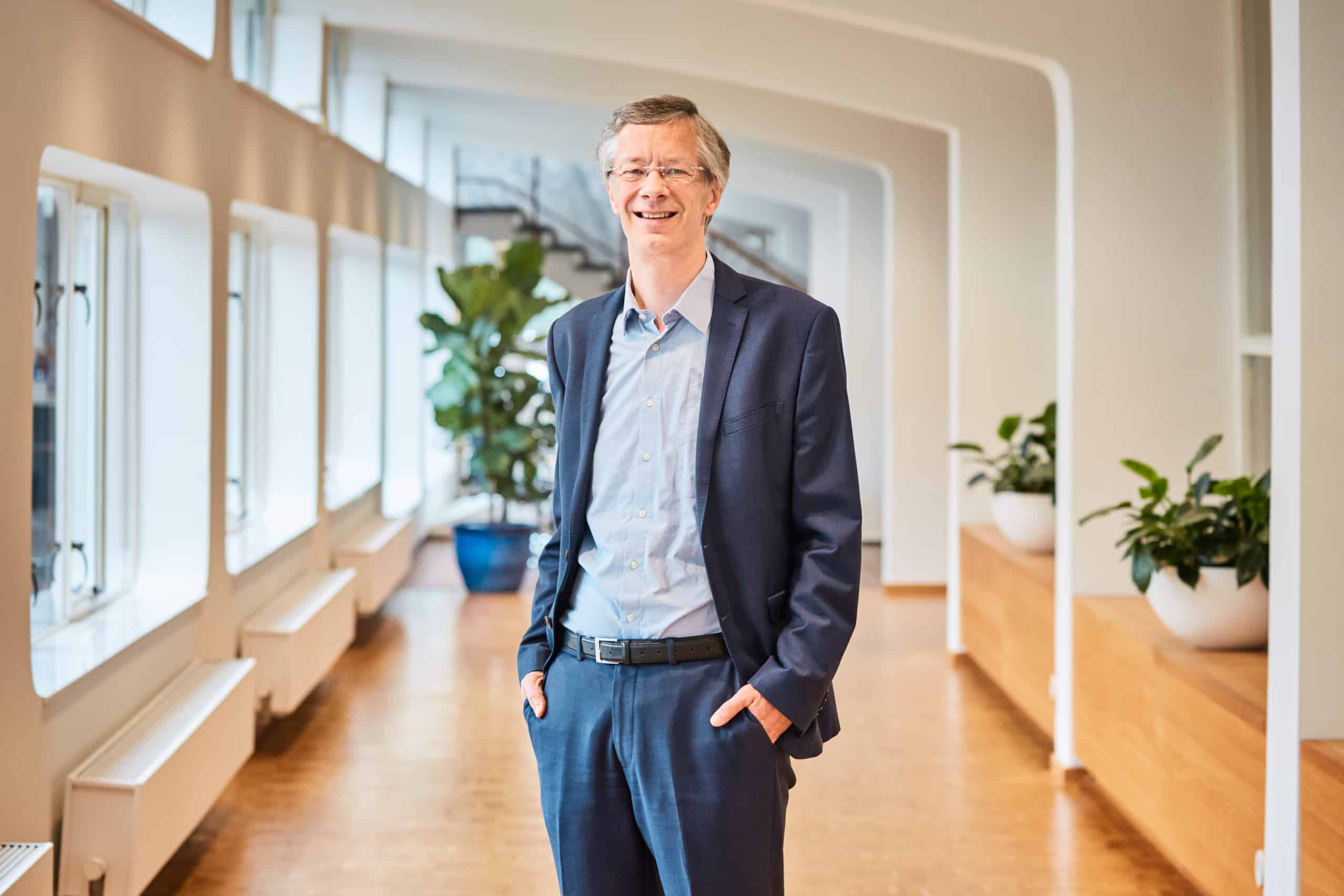
The Royal Netherlands Aerospace Centre (NLR) contributes to improving flight safety. It conducts research and helps the aviation industry to maintain control of and understand the processes that can affect flight safety. This includes using NLR to investigate the cause of accidents.
Gerard van Es is principal consultant flight operations and flight safety at NLR. “Major aircraft accidents are exceptions, but they have a huge impact and stay with you all your life.” His career is mainly dedicated to preventing such accidents. “Here, we work every day on improving flight safety. We do this by increasing knowledge of the conditions in which aircraft fly through research and innovations. Safety is paramount in aviation. In fact, it is one of the safest forms of transport.”
Safer landings due to knowledge of the runway surface
Aviation is still growing, and the industry would prefer not to see an increase in the number of accidents. When it comes to landings on wet runways, this number is still not zero. Van Es: “Worldwide, there are at least two landings every week where aircraft fail to stop on the runway in time. In some cases, pilots are unable to slow down the aircraft sufficiently, but there can also be problems with the runway. Previously, it was often unclear what caused an aircraft to ‘slip’ during landing.” For the Runway Micro Texture Project NLR, together with the German research centre DLR (Deutsches Zentrum für Luft- und Raumfahrt), produced a landing incursion prevention plan on behalf of EASA.
And guess what? The braking performance of aircraft on wet runways was often much worse than assumed. The runways were often much more slippery than the airports realised. Van Es: “Runways are often made of asphalt or a similar product. Asphalt consists of crushed stone and bitumen, a sticky liquid derived from crude oil. The crushed stone provides good drainage but also contains small, sharp pieces similar to sandpaper (micro-texture). This is essential to obtain good braking performance when it rains and the runway is wet. This micro-texture can wear down, literally making a runway more slippery. Airports struggle to determine the level of this wear.”

Van Es therefore planned dozens of test flights with NLR’s (and TU Delft’s) test aircraft – the Cessna Citation II – and DLR’s test aircraft on wetted runways at Twente airport, as well as others. These tests were used to determine the effective brake friction at different speeds. “If an airport knows what texture their runways have, they can inform the pilots of the correct braking characteristics of the runway. This allows us to increase the chances of a successful landing,” Van Es explains.
Within the Runway Micro Texture programme, NLR is now developing a method by which airports in Europe can map their own runways very precisely by means of advanced lasers. The safety expert has just returned from the United States where NLR is also conducting these tests at NASA’s test airport. The US aviation authorities (FAA) are interested too and have asked NLR to conduct additional flight tests.

Divergent ambitions
Working in aviation is not Van Es’ long-held boyhood dream. As a child, he wanted to be a road worker, but his father didn’t think that was a good idea. He moved from general secondary education to higher secondary education, and when a friend signed up for the open day of the aerospace school in Haarlem, and most importantly got a day off to go, he didn’t have to think long. “I couldn’t tell a Boeing from an Airbus, but I was told it was a tough course, and that appealed to me.”
He thoroughly enjoyed it and moved to Delft to study Aerospace Engineering. Through a newspaper ad, he joined the Royal Netherlands Aerospace Centre, and thirty years later, he is still working there. Van Es now lives in a small village in North Holland, is married and the father of two children.
AI will help prevent errors
Since Van Es started at NLR, his field has changed significantly. Whereas safety used to be a separate component within aviation organisations, it is now an integral part of the management. “Just look at our department. When we started, there were five of us. That number has now more than doubled. In addition, the rise of AI and machine learning have accelerated our industry. Our ability to analyse large amounts of data and identify safety issues is now much greater.”
As a result, NLR is now working on a new AI-based speech recognition system that will contribute to a more efficient and safer handling of air traffic. Sometimes, communication between air traffic control and pilots is cumbersome, Van Es explains. We would like to have a better picture of that. “There are thousands of hours of audio conversations, but we don’t really do much with them. To automatically analyse such data for errors and mistakes requires converting the audio to text. However, that is not as simple as it seems. For instance, the term ‘cleared to’. This can mean ‘cleared to’, but ‘to’ can also be heard as ‘two’. The meaning is therefore highly context-dependent. We are training an algorithm that correctly translates the audio into text.”
The system will provide insight into the frequency of communication errors, but also in what situations these mistakes occur and who makes them (the pilot or air traffic control). This information should ensure that errors are less frequent in the future. Moreover, if air traffic control now wants to retrieve a conversation with a pilot, they need to manually listen back to the audio files. This is much easier and faster if this information is stored as text. This project is at a preliminary stage, but it clearly illustrates how combining new technology and our expertise can make the aviation sector even safer and more reliable for everyone. “I guess this actually does suit me better than road worker after all,” Van Es concludes with a smile.


